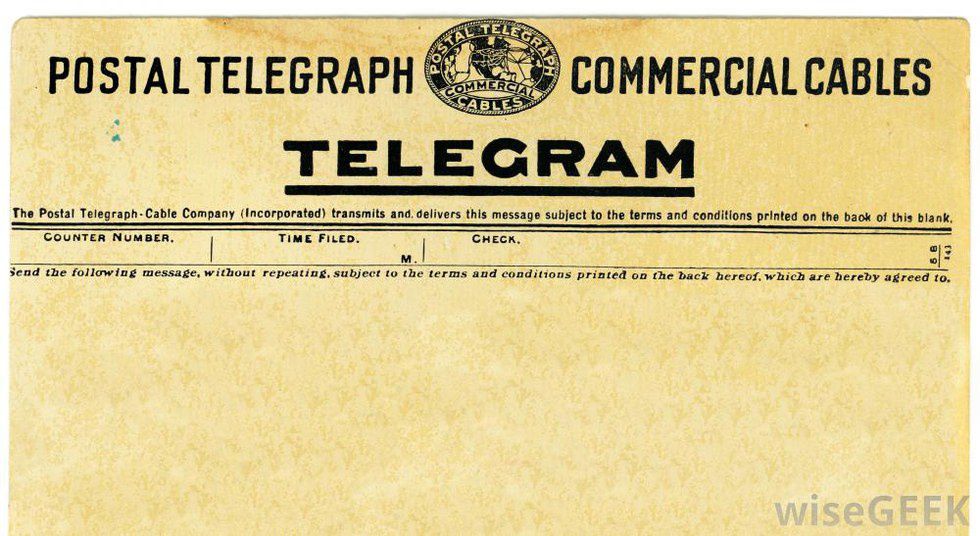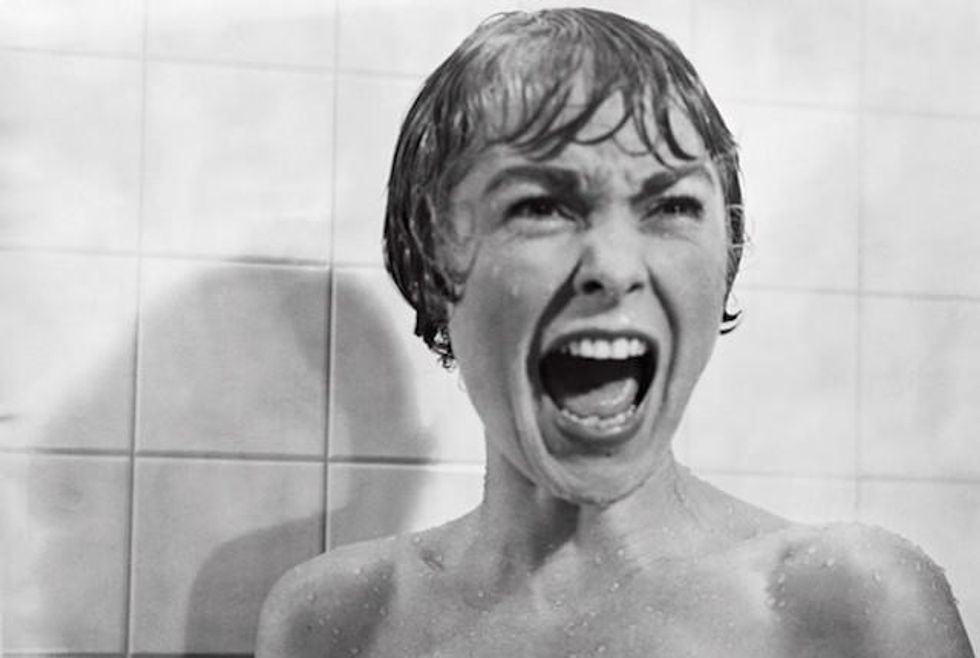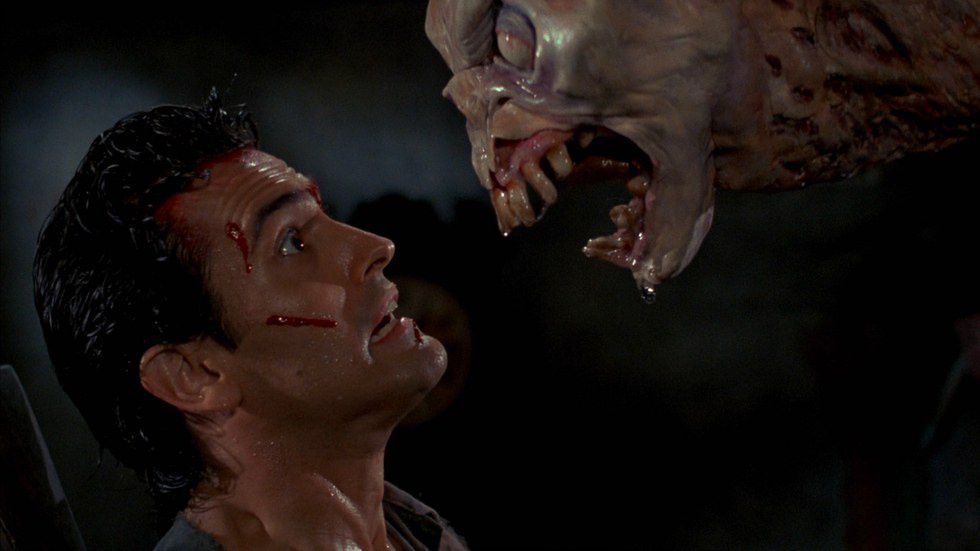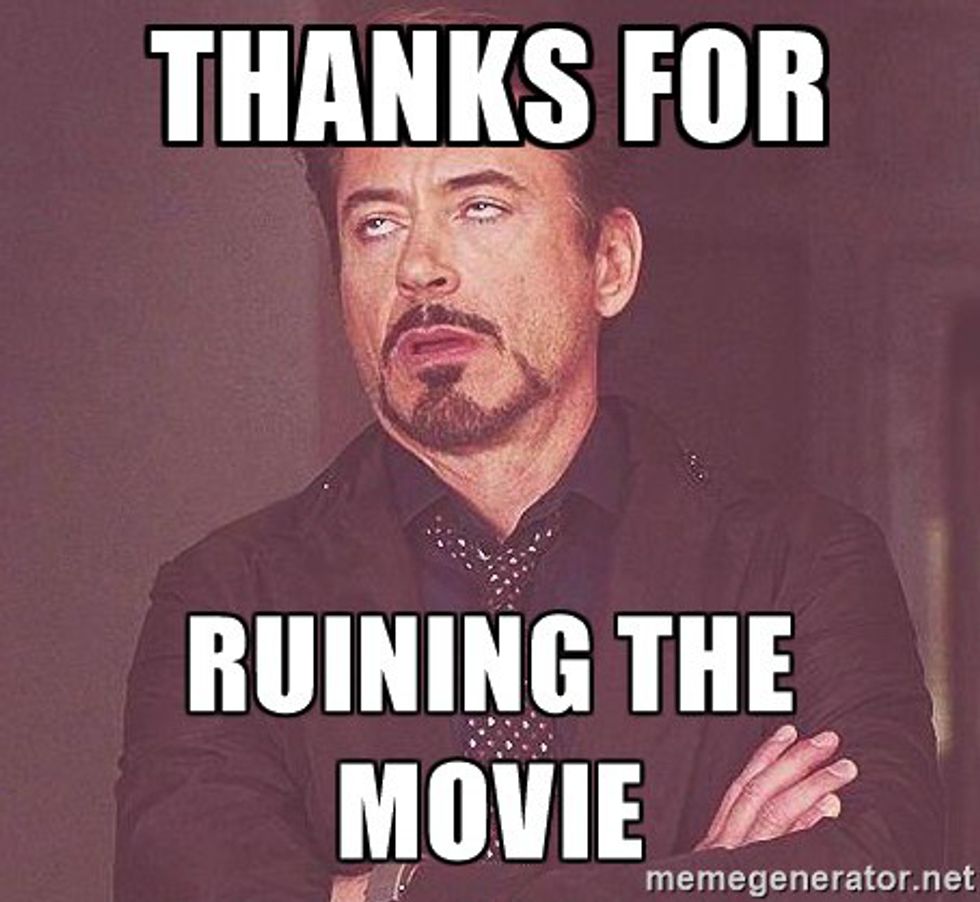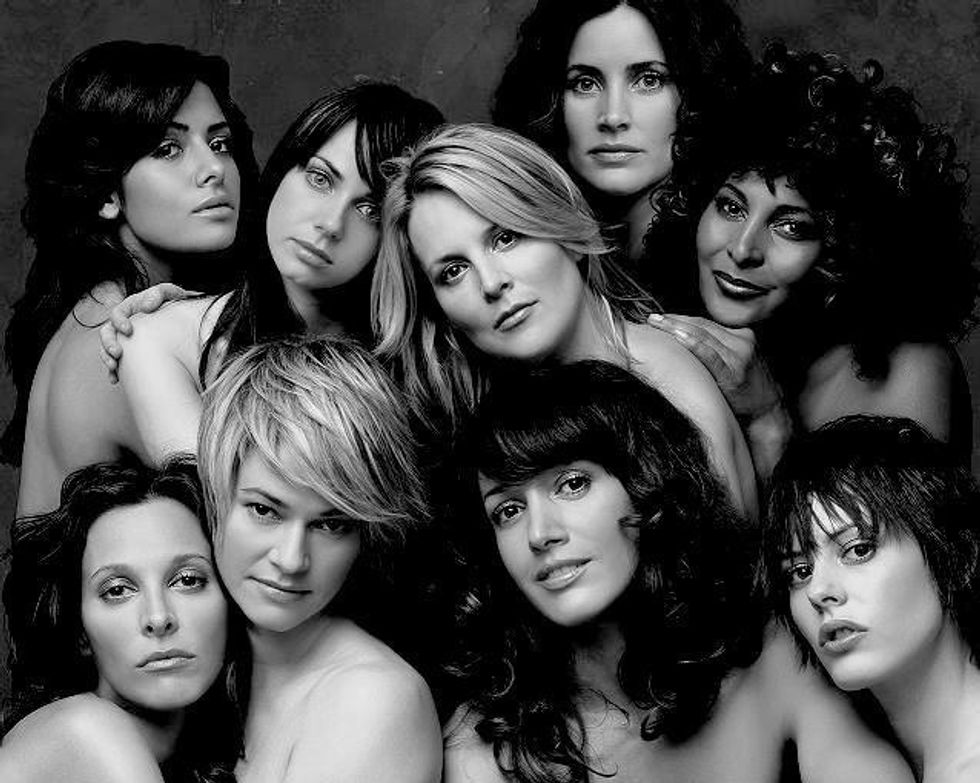As a film student at The University of Central Florida, I have a lot of options open to me for elective classes. One of which I am in right now is one I believe is very important. It’s a class dedicated to learning about women in films, and their roles in society, the patriarchies, and more. One thing we discuss is feminist film theory. For those who don’t know what that is, feminist film theory is theoretical film criticism derived from feminist politics and feminist theory. At least, that’s the definition Wikipedia gives it, and is the definition by professor uses for her PowerPoint. However, there is a lot more to it, but that is a lecture for another time. My recent assignment was the analyze the popular article “It’s Just A Movie,” describe what each segment means and then relate it to why we look at films through a feminist film theorist lens. This is that such paper.
http://just-a-movie.blogspot.com/
“It’s Just A Movie” is an article about why people read into films, and how it truly is not just a movie. Smith’s first point, called “Leaving Nothing To Chance,” emphasizes that everything in a movie is there for a reason. Even if something unexpected happens in a shot, when the director and editor decide to leave it in the film, it becomes intentional. They wanted to keep it in there because that was the shot that worked and looked the best. Smith describes films as one the “least random works imaginable” (Smith 128).
http://www.wisegeek.com/what-is-a-telegram.htm
The second point in the article, titled “A Movie Is Not A Telegram,” is all about the “message” of the film. Films don’t just have one message that the viewers either “get” or “don’t get.” One reason Smith stresses about films not being a telegram is because there really isn’t a way to officially say what the message is. While the technical title of “author” goes to the director, all the people who work on a film have an impact on it and what the message of the film could be, meaning each other their messages that each person is trying to send could be interpreted from the film. There’s also the question “can we reduce the film to what the director consciously intended?” (Smith 130). Since the beliefs of each director’s time have an impact on their beliefs, it’s possible a lot of messages can come creeping in that a director didn’t intend.
http://mentalfloss.com/article/68248/14-crazy-facts-about-psycho
The third point of the article, titled “Reading Into Films,” is about exactly what the title states. Smith first points out what people often think reading into a film is about, which is “when an audience puts things into the movie that aren’t there” (Smith 131). What reading into a film really is, for example, is when you make assumptions about things that are going to happen while watching a movie based on previous films that you may have seen. Smith uses an example of a couple in a horror film having sex, then the girl going to go take a shower and the audience knowing that she is going to be killed. He compared this to what audience’s would think if the same situation were to happen in a romance film. Audiences would no long assume the girl would end up being killed. Why? Based on previous films of those genres that used those clichés, the audience can deduce what will probably happen.
http://www.blumhouse.com/2016/01/19/horror-showdown-evil-dead-2-vs-dead-alive/
The fourth point of the article, titled “Just A Movie,” is about why a movie is not “just a movie.” It’s a piece of art. A fantastic point in this section, as Smith puts it, is “why is it okay to analyze Shakespeare and not Evil Dead 2?” (Smith 132). The reason he give is because of the social status of the works. People view the works of Shakespeare more as artworks than they do of the Evil Dead films. Smith then goes on to say that instead of relying whether or not society thinks the artworks can be taken seriously, just look at the artwork itself. Go ahead and analyze it if you feel it’s worth it. “If your analysis produces insightful, well-grounded interpretations of a film, then it is definitely fruitful for analyzing, even if it is titled Evil Dead 2” (Smith 132).
https://memegenerator.net/instance/53478784
The final point in the article, title “Ruining the Movie,” is about whether or not analyzing a film takes all the fun and pleasure out of it. Smith argues that it might seem like analysis is taking all the pleasure out at first, but it can give you a richer kind of pleasure, at least for him it does. You can respond fuller to a movie after you’ve analyzed it than you could before. “The outcome we home for in a film analysis class is not to ruin film watching but to increase the complexity of enjoyment” (Smith 133).
https://whitemoondogs.wordpress.com/tag/feminist-film-theory/
Now for the main question at hand: how does this relate to the process of watching films through a feminist film theory lens? Well, each of the main points in Smith’s article all point to why we analyze films. These same points can be used for why we analyze films from a feminist point of view. For example, let’s use the point about leaving nothing to chance. Everything in a film is there because the filmmakers wanted it to be there. This includes content that is sexist, racist, homophobic, transphobic, etc. When looking at a film through a feminist film theory lens, these are the kinds of things that will be noted and remembered, because it’s in the movie for a reason. If people don’t analyze movies through a feminist film theory lens, then how can movies progress? How can the times progress? If there aren’t people noticing the problems and noticing when films are progressive or when they’re holding us back in our views, then we risk just sitting and being passive while back things happen, meaning more bad things will happen. That might seem like a far stretch, but when you consider just how many people are influenced by films, it’s really not that crazy of an idea.





